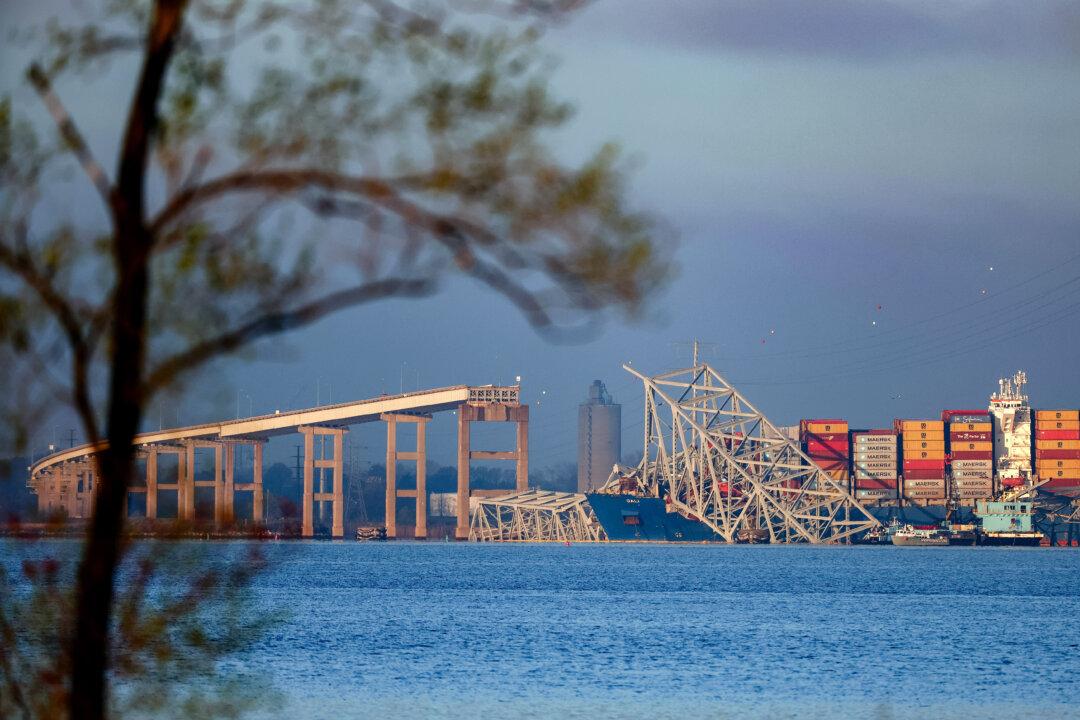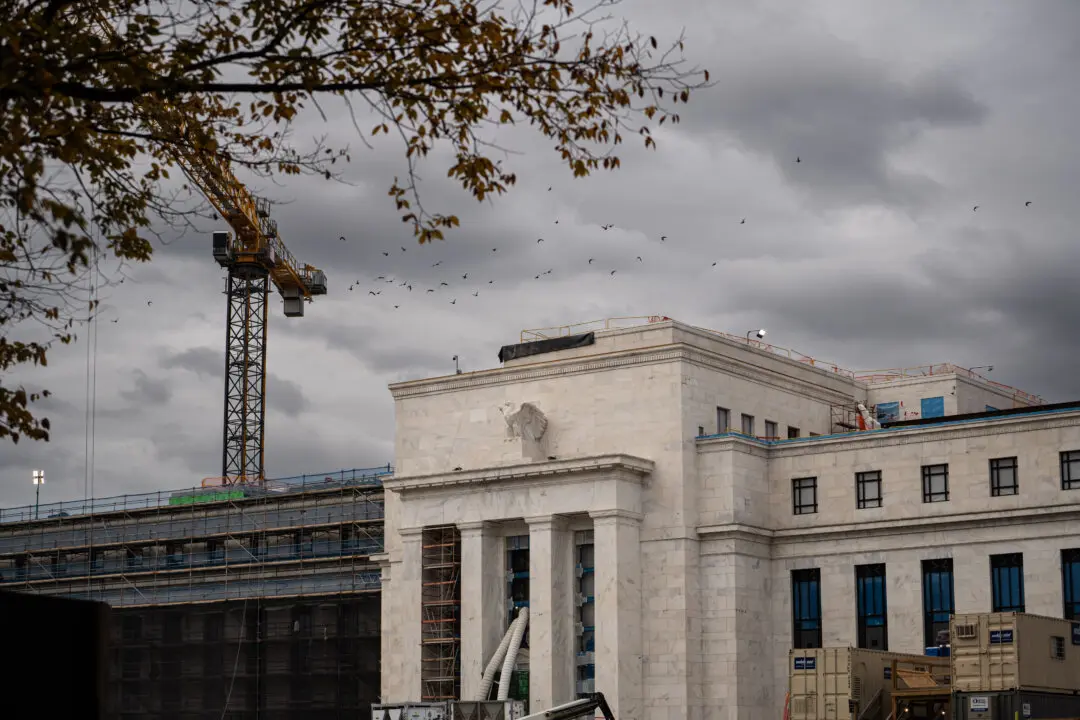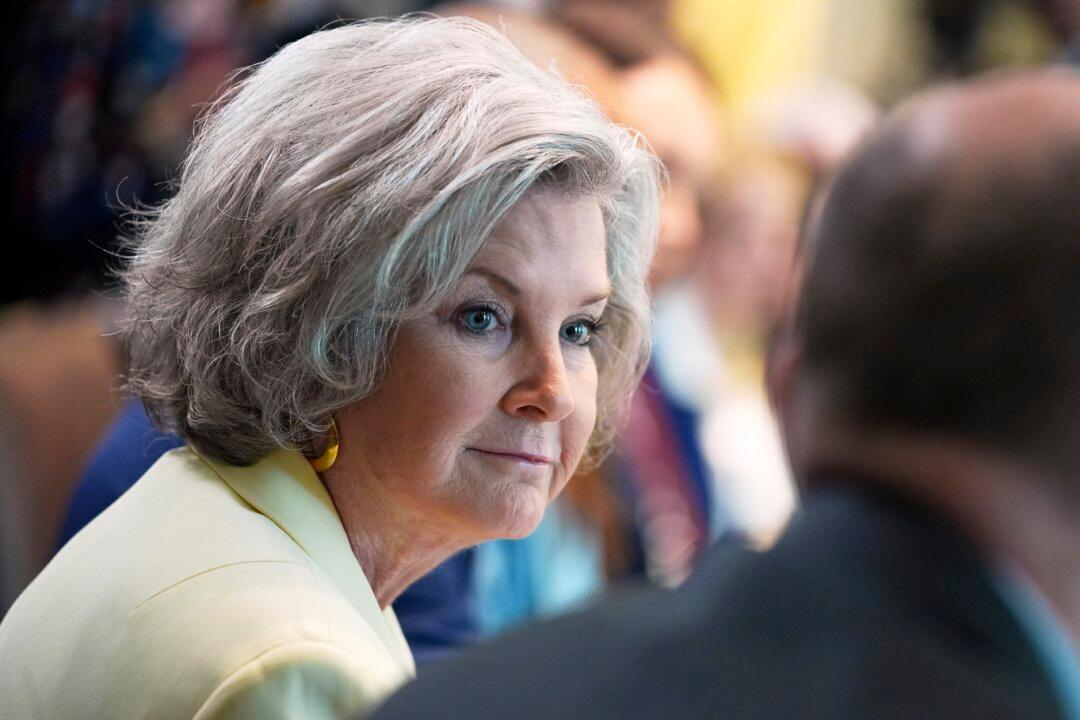President Joe Biden has pledged to provide complete funding for the reconstruction of the collapsed bridge in Baltimore. Despite this assurance, congressional leaders have so far kept quiet about how they intend to fund the project, which may require billions of dollars.
On April 5, all eyes will be on Baltimore when the president visits to see firsthand the collapsed Francis Scott Key Bridge. While there, he is expected to emphasize the need for immediate federal action and urge Congress to unlock the funds to bring the historic port city back to life.





